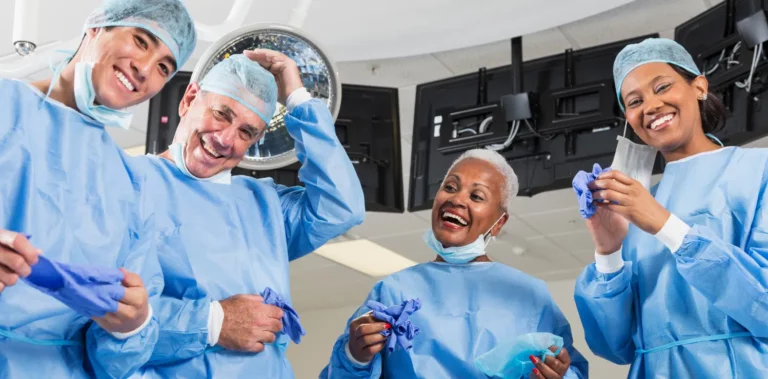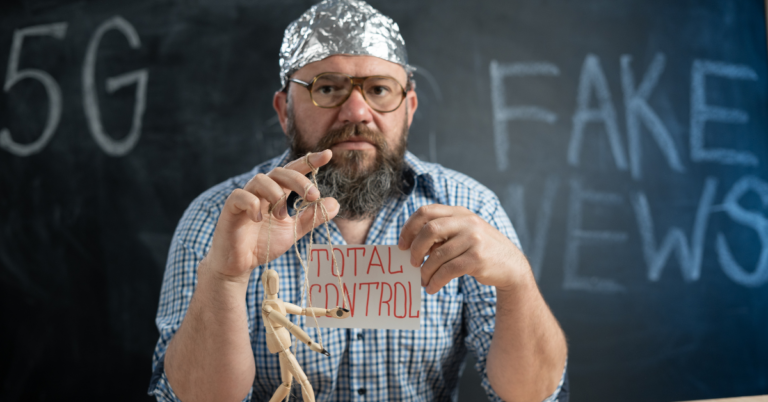Have you ever pondered how astronauts maintain their health amidst the stars? Space exploration, while thrilling, brings forth significant healthcare challenges. The traditional method of having an onboard medical expert has limitations, particularly as we aim for longer missions beyond our moon. Here, the concept of locum tenens, familiar in Earth’s medical practice where temporary healthcare providers fill in gaps, becomes invaluable. Adapting this approach for space missions could dramatically enhance astronaut health and safety, offering a new frontier in space healthcare efficiency and effectiveness.
The Challenges of Space Healthcare
In the microgravity environment of space, astronauts encounter a variety of health issues. Bone density loss, for instance, occurs at a rate ten times faster than in osteoporosis patients on Earth. Muscle atrophy also presents a significant risk, with astronauts potentially losing up to 20% of muscle mass on missions lasting five to eleven days. Fluid redistribution in the body leads to vision problems and increased intracranial pressure. Addressing these complex issues requires not just general medical knowledge, but a deep understanding of space physiology. The psychological impact, including isolation and confinement stress, adds another layer of complexity. Moreover, the limited space aboard a spacecraft restricts the availability of medical equipment, making it crucial to maximize the efficiency of every tool and procedure within these constraints.
Traditional Healthcare in Space
Traditionally, space missions have been designed with at least one crew member trained in basic medical procedures. However, this system is fraught with challenges. For instance, a medically trained astronaut is unlikely to possess expertise across all necessary medical disciplines, limiting the scope of on-board healthcare. In case this crew member becomes ill, the mission faces a significant risk. Furthermore, the unpredictability of space-induced medical conditions, coupled with delayed communication times with Earth, makes reliance on a single individual even riskier. Thus, the traditional model, while foundational, falls short in the face of extended and more complex space missions.
Introducing Locum Tenens in Space
The introduction of locum tenens into space missions could revolutionize astronaut healthcare. Imagine an on-demand medical team, comprised of specialists in fields such as radiology, cardiology, and mental health, available at a moment’s notice via telemedicine. This system would not only provide specialized care for specific health issues but also enable real-time decision-making in critical situations. The flexibility and breadth of expertise offered by locum tenens would be particularly beneficial for long-duration missions to Mars or other deep space destinations, where the range of potential medical issues broadens significantly.
Virtual Locum Tenens
Implementing virtual locum tenens involves leveraging state-of-the-art telemedicine technology to bridge the vast gap between Earth and space. This setup could enable live video consultations, remote monitoring of astronauts’ vitals, and even guidance for surgical procedures using robotic tools. This system would require robust and reliable communication channels to ensure that the vast distances of space do not impede the immediate availability of medical guidance. The incorporation of artificial intelligence and machine learning could further enhance diagnostic and treatment capabilities, offering personalized and adaptive healthcare solutions in real-time.
Training and Simulation
Training for this new approach would involve a comprehensive program for both astronauts and Earth-based medical specialists. Astronauts would receive training in essential medical procedures, equipping them to handle a range of scenarios with confidence. Simultaneously, Earth-based medical teams would undergo specialized training to adapt their skills for remote application, focusing on the nuances of providing care through telemedicine platforms. High-fidelity simulations, including mock space missions and medical emergency drills, would play a crucial role in preparing both parties for the unique challenges of space healthcare. This training would also facilitate the development of new protocols and techniques tailored for the space environment.
The Future of Space Healthcare
The integration of locum tenens into space exploration heralds a new era in astronaut healthcare. This innovative approach could drastically reduce the risks associated with long-term space missions, ensuring that astronauts have immediate access to a broad spectrum of medical expertise. This model could also drive advancements in telemedicine, benefiting remote and underserved areas on Earth. Furthermore, as space missions grow in duration and complexity, the lessons learned and technologies developed will contribute significantly to our understanding of human health in space, potentially leading to breakthroughs in medicine both in space and on Earth.
The adaptation of locum tenens for space missions is more than a novel idea; it’s a necessary evolution in space exploration. It promises a comprehensive healthcare system that is proactive, versatile, and equipped to handle the uncertainties of space travel. With this approach, we step closer to ensuring that astronauts are not only physically fit for their missions but are also supported mentally and emotionally, paving the way for longer, more ambitious journeys into the cosmos.





